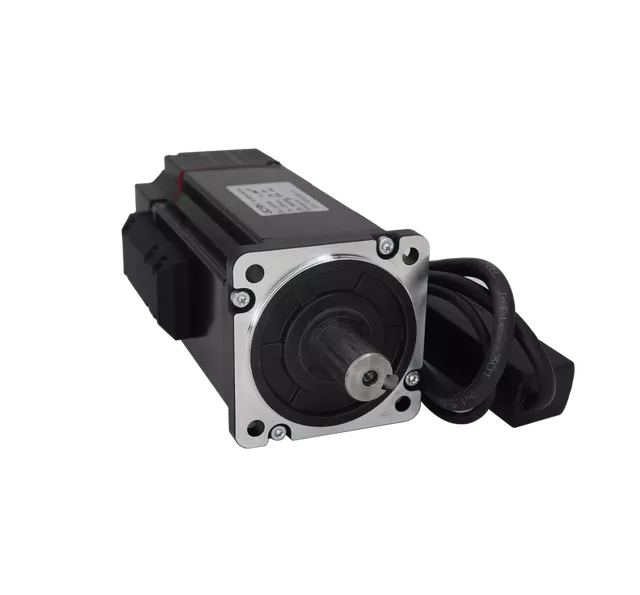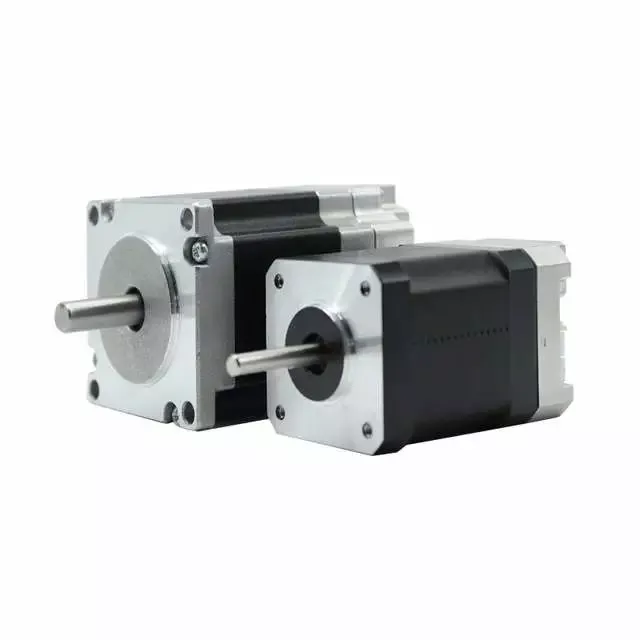Whether there is an encoder structure is one of the elements that distinguish servo systems from ordinary motors.
It allows the motor to achieve closed-loop control, allowing it to have higher control accuracy and be able to cope with more demanding control items.
At present, the most common servo encoders mainly include incremental and absolute value types. What are the differences between them? Why do people prefer absolute encoders?


In comparison, incremental encoders have higher resolution, and absolute encoders have more precise positioning. In addition, the absolute encoder has a memory function, and the positioning will not be lost when the power is turned off, while the incremental encoder will lose it. Let us illustrate with the following example.
For example, the servo motor rotor starts to move from the 0° position and stops at the 180° position. When moving to the 90° position, the power is cut off. At this time, if the motor uses an incremental encoder, it will think that the current 90° position is the initial 0° position after the power is restored, and it is correct to stop when it walks 180° to the 270° position. If the motor uses an absolute encoder, because it has a memory function, it knows that the current position is at 90°, the target is at 180°, and then it needs to be displaced by 90°.

Looking for a Expandable PLC for your next project ? Click to learn more!
